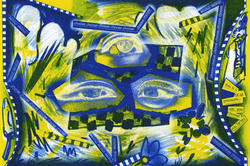Academic leaders convene at Convocation 2020 and invite the community back to a radically reenvisioned campus.
Initiating Dialogue During Quarantine
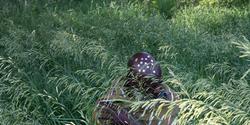
Although students who returned to campus last week are still quarantining in their dorm rooms and apartments, they’re using the time to connect virtually with the RISD community via an extensive range of online programming. From an open house explaining the kinds of academic support students can expect this fall—via the Fleet Library, Nature Lab, Co-Works and other shared resources—to at-home access to programming from the 2019 Ann Arbor Film Festival to department-specific conversations about pedagogy, the cyberspace surrounding RISD is abuzz with art and design dialogue.
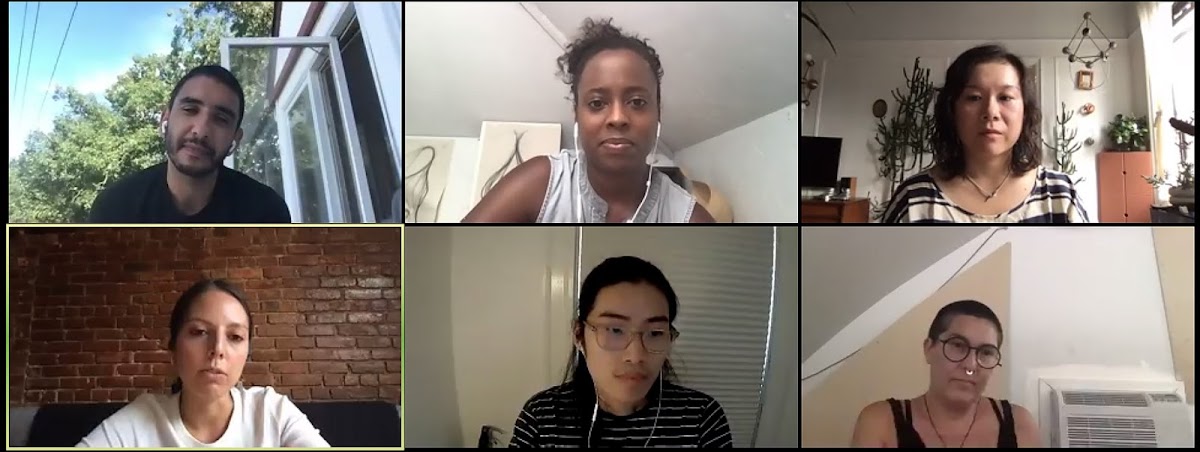
Much of the discourse across the RISD community concerns diversity, social justice and renewed efforts in the struggle for racial equity. Faculty members are getting those conversations started during quarantine with social equity-specific forums involving alumni, current fellows at RISD and visiting artists and designers.
The Furniture Design department kicked off its series of industry-specific panels last Thursday, September 3, with From Transactional to Transformational: Alumni Perspectives on Social Equity and Inclusion. Led by alumna Maria Figuiera 10 FD, an NYC-based experience designer, the panel considered how BIPOC designers and other underrepresented makers can challenge inequities and promote social justice after leaving college.
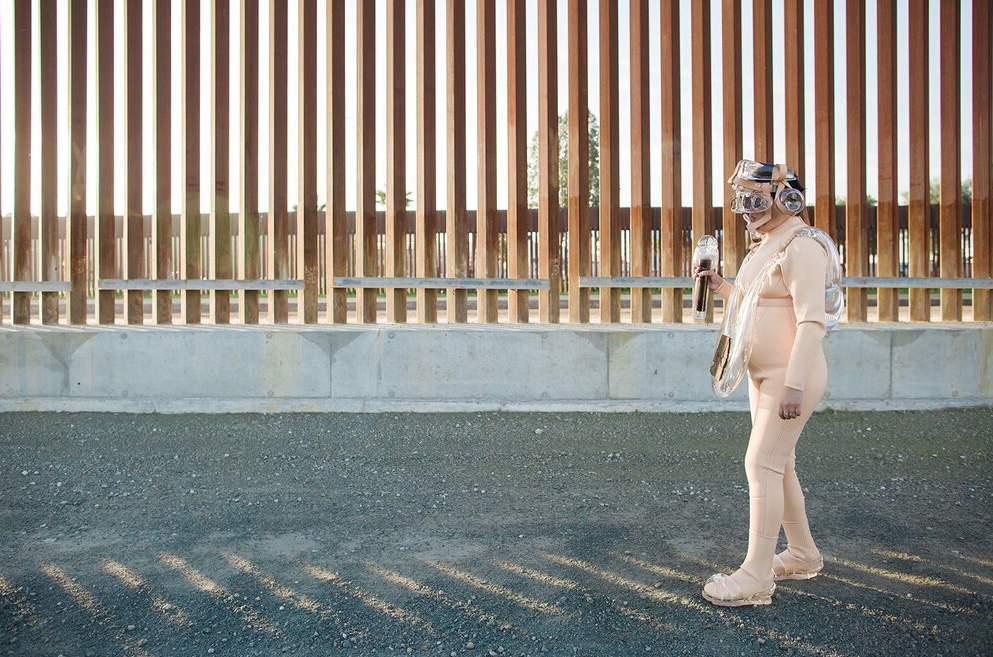
“RISD’s Furniture Design department was led by women when I was a student, so I thought the industry would be more open than it is.”
“A designer is someone who surveys the variables of the design problem and comes up with the best solution possible given those variables,” says Figuiera. “Even in social justice work, that’s our responsibility.”
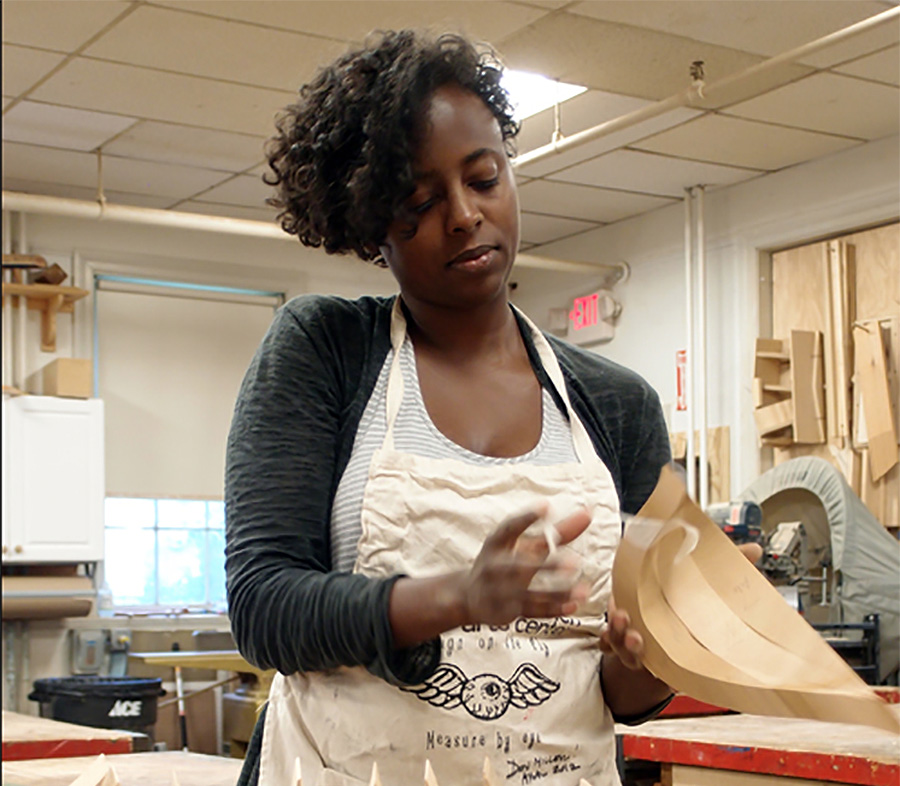
“Anti-Blackness infiltrates everything we do. If we address that problem, we’ll raise up all identities.”
Noted fiber artist Tanya Aguiñiga MFA 05 FD, whose recent work promotes dialogue across the US/Mexico border, remembers being surprised by how male-centric the real world seemed after RISD. “RISD’s Furniture Design department was led by women when I was a student, so I thought the industry would be more open than it is,” she explains. “And people of color are sold specific paths like working in retail or becoming a nurse. We have to start seeing people like ourselves in positions of power from the beginning, in the k-12 years.”
African American maker/educator Alison Croney Moses 06 FD points out that “anti-Blackness infiltrates everything we do. If we address that problem,” she says, “we’ll raise up all identities.” She encourages current students to find sponsors, professionals in their field willing to go beyond basic mentorship and work to find them a job when they graduate.
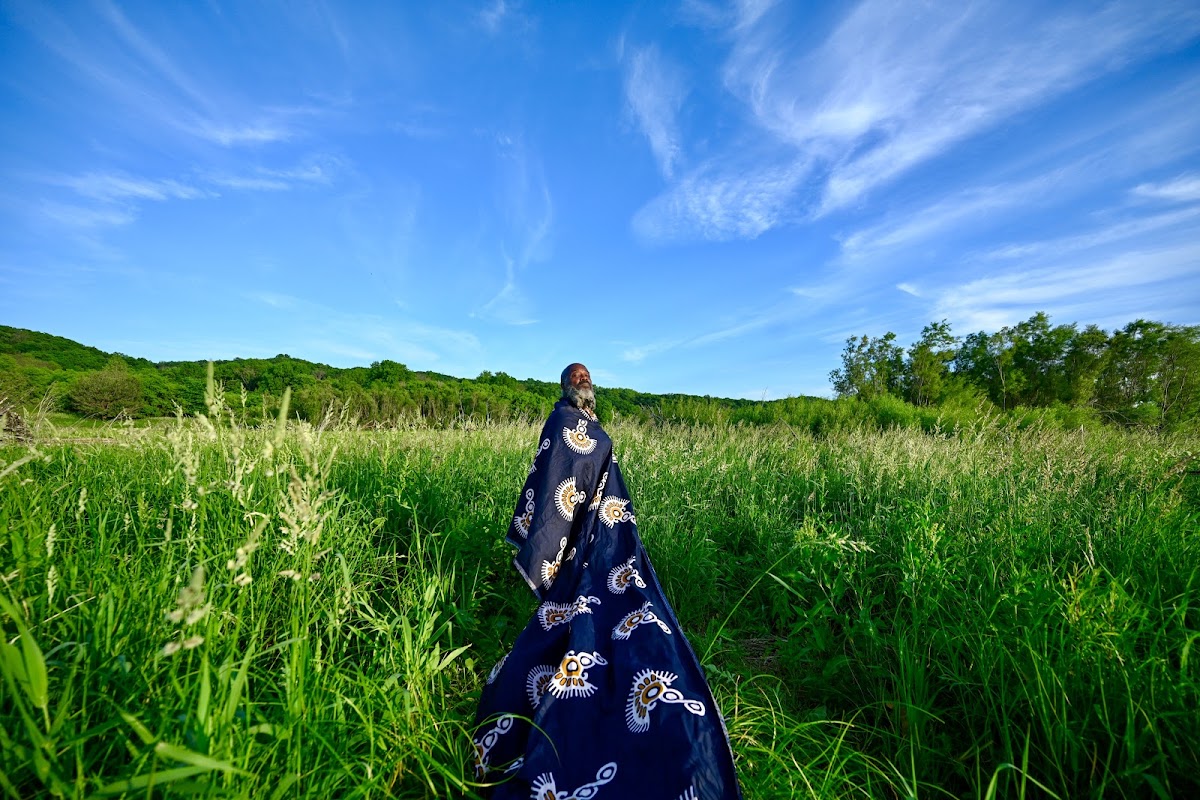
“This constellation posits a resistance. This is my anarchy of Blackness.”
A provocative discussion organized by the Architecture department approached the question of navigating race in the arts from a less pragmatic vantage point and featured the work of Black architects whose racial identity has shifted their practices into new arenas. Architect/educator Mitchell Squire, for example, is expressing his voice through installation, sculpture and performance art and shared a series of self-portraits exploring his evolving sense of self. “This constellation posits a resistance,” he asserts. “This is my anarchy of Blackness.”
Fellow Midwesterner Jennifer Newsom, an assistant professor at the University of Minnesota, also considers the human body and how it relates to space, architectural and otherwise. “I’m thinking a lot about movement,” she explains, “the animate body as a locus of information and architectural capacity. We carry personal memories and deep ancestral knowledge within ourselves.”
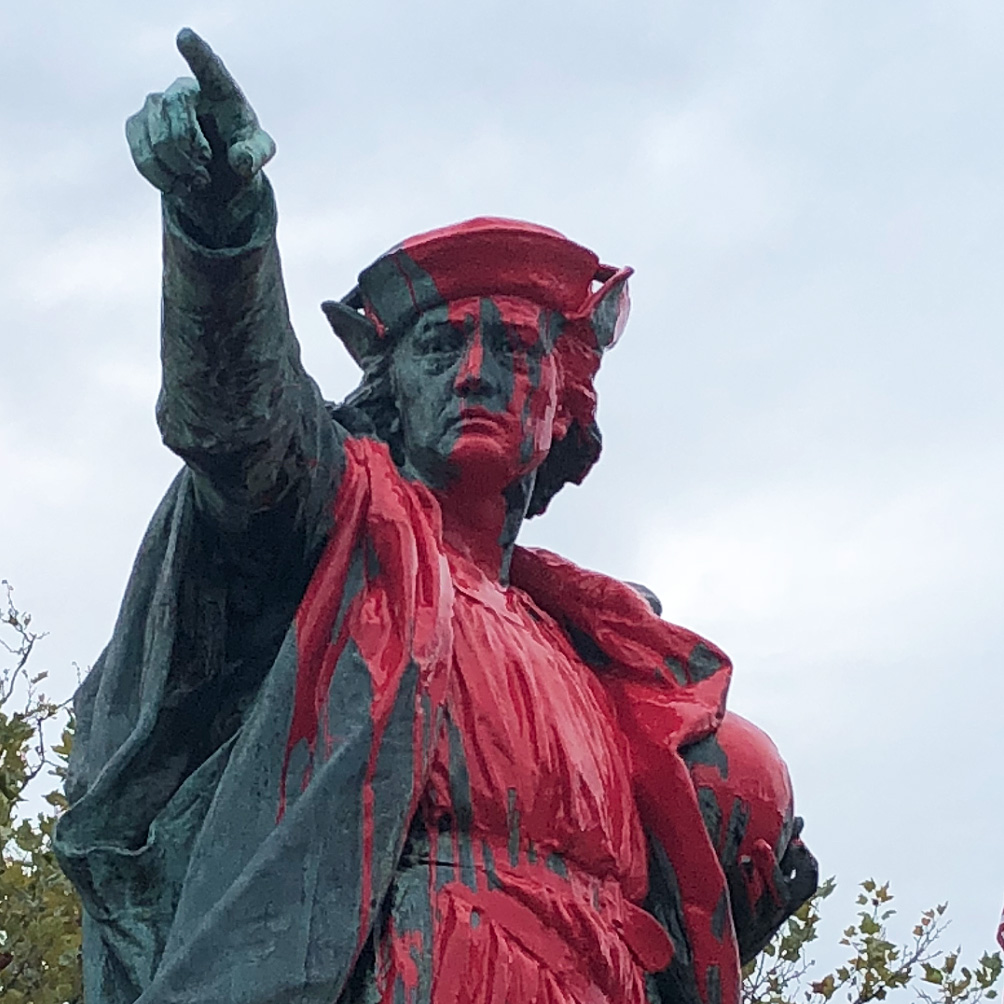
First-year students were encouraged to start exploring their own identities as artists and designers via a series of discussions about race and social justice hosted by the Experimental and Foundation Studies division. In the first of the series, Anti-Racism, Fatigue and Love, Associate Provost of Social Equity and Inclusion Matthew Shenoda introduced the work of three extraordinary RISD research fellows currently investigating issues of race: Jane’a Johnson, Ernest A. Bryant III and Christopher Roberts.
“How does engagement with online images reflect who matters in our society and who doesn’t?”
A specialist in media studies, Johnson considers the visual nature of the Black Lives Matter movement and how videos and still images can be used to propel change or demonize victims depending on the context in which they’re displayed. “How does engagement with online images reflect who matters in our society and who doesn’t?” she asks. Bryant is also tapped in to this pivotal moment in US history and how it relates to our past, exploring iconoclasm and the much-publicized destruction of controversial monuments.
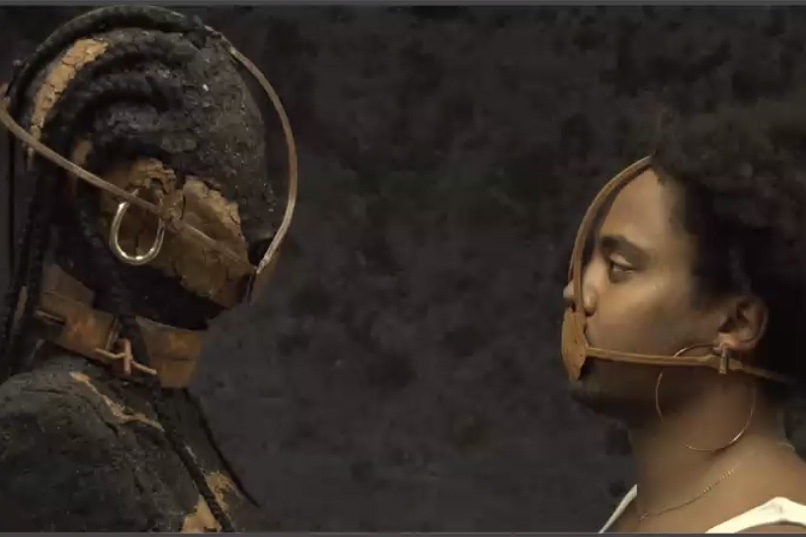
Roberts is studying how the business of slavery shaped the state of Rhode Island, a harsh reality that many local residents refuse to acknowledge. “This is but one of the paths to the place where you are,” he told RISD students. “How you choose to reckon with that is entirely up to you.”
All three scholars were generous with first-year students, sharing their own experiences entering the art and design world and offering thoughtful advice. “You can’t opt out of the economy of images, but you don’t have to be shackled to the news cycle,” Johnson advises. Bryant encourages students to immerse themselves in new things and to become “visually literate, able to understand how images function in society and how you can participate or choose not to.”
—Simone Solondz
September 14, 2020


